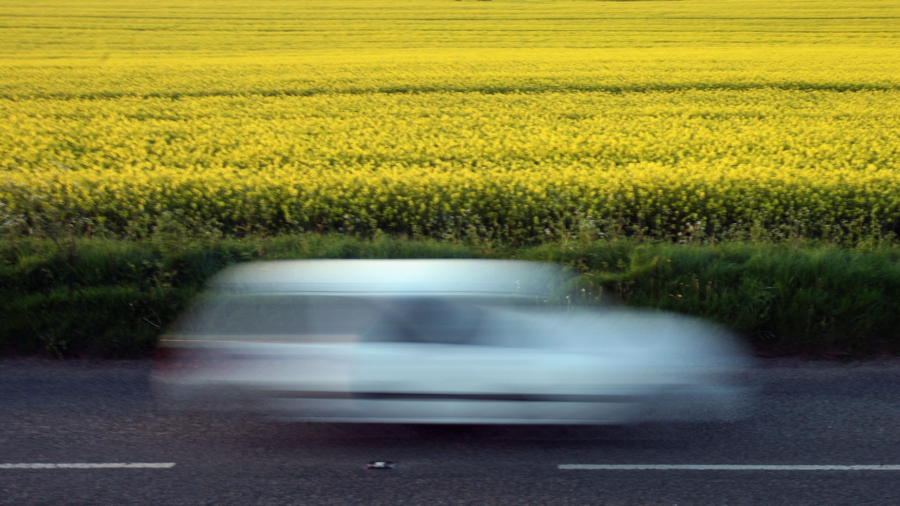A government report released Tuesday says deaths from speeding kill nearly as many people as drunk driving.
The report by the National Transportation Safety Board (NTSB) linked speeding to the deaths of 112,580 passengers between 2005 and 2014. That is compared to 112,948 deaths from alcohol-related crashes during the same period.
“You can’t tackle our rising epidemic of roadway deaths without tackling speeding,” NTSB Acting Chairman Robert Sumwalt said. “Speed kills.”
The report found that automated speed enforcement, when placed correctly, can reduce the likelihood of a driver speeding. But the problem the report found was that only 14 states and the District of Columbia use these, and some states have laws that prevent their use. NTSB hopes to “remove barriers” such as these, it said in its recommendations.
Another recommendation the department promoted was the use of point-to-point enforcement, where a driver can be ticketed for going from point A to point B faster than the time it would take if were the driver to follow the regular speed limit.
In a post on Twitter, the department said the reporting of speed-related crashes has been inaccurate.
Inconsistent reporting of speed-related crashes hinder effective use of data-driven speed enforcement approaches & lead to underreporting.
— NTSB (@NTSB) July 25, 2017
Nearly one-third of all traffic fatalities over the study period involved speeding or going faster than is safe given the conditions, the NTSB report.
The government report also says that speeding does not have the same negative reputation as driving under the influence. The department found that while most drivers know speeding is unsafe they also acknowledge it is “common driving behavior in the U.S.”
Unlike other crash factors such as alcohol impairment, speeding has few negative social consequences associated with it. #Speedstudy
— NTSB_Newsroom (@NTSB_Newsroom) July 25, 2017
Fairfax County Virginia Police Captain Michael Grinnan, who has 24 years of patrol experience, told CBS News that speeders are so common, they are a daily part of life.
He says the department found on average that drivers are going seven or eight miles over the speed limit.
“We’re looking at where these accidents occur and how we change people’s behaviors in terms of speeding and driving more safely,” he said. “I think the biggest way to do that is just by being present out there.”
From NTD.tv

